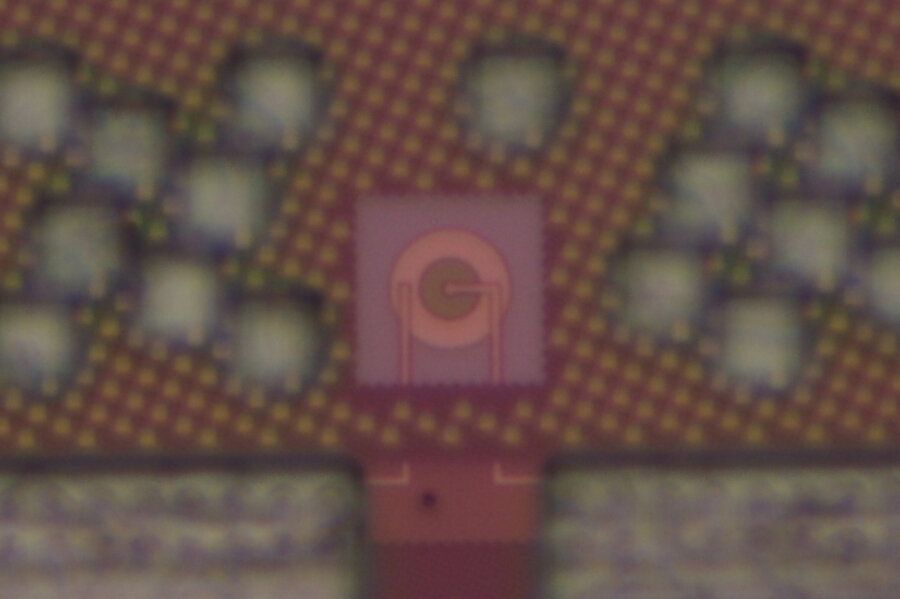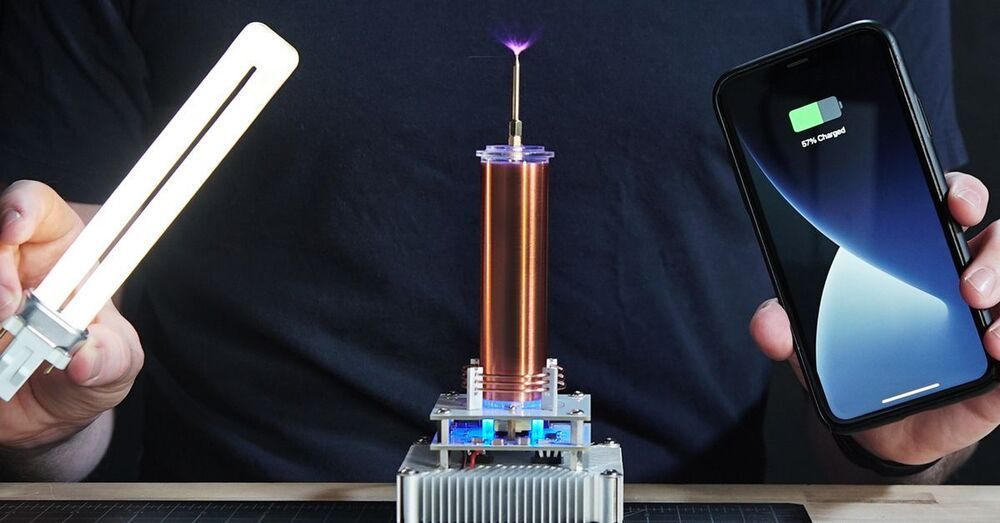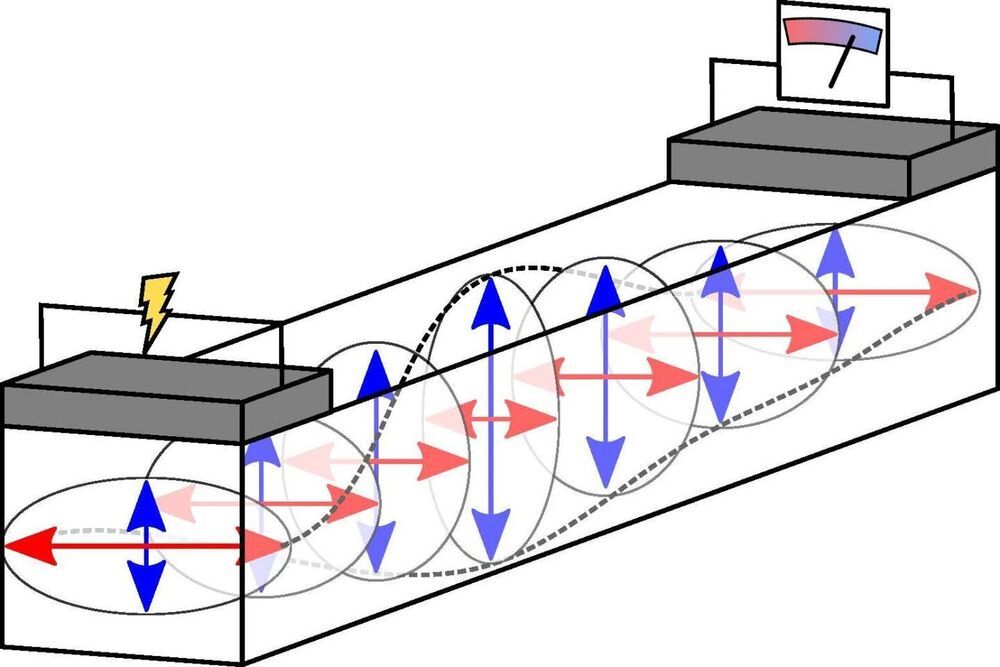A research group led by Prof. Chen Tao at the Ningbo Institute of Materials Technology and Engineering (NIMTE) of the Chinese Academy of Sciences (CAS), developed a novel soft self-healing and adhesive human-machine interactive touch pad based on transparent nanocomposite hydrogels, in cooperation with the researchers from the Beijing Institute of Nanoenergy and Nanosystems of CAS. The study was published in Advanced Materials.
With the rapid development of information technology and the Internet of things, flexible and wearable electronic devices have attracted increasing attention. A touch pad is a requisite input device for a mobile phone, smart appliance and point-of-information terminal. Indium tin oxide (ITO) has been used as the dominant transparent conductive film for manufacturing commercial touch pads, which inevitably have obvious shortcomings, like fragility.
To improve the stretchability and biocompatibility of touch pads to allow their interaction with humans, the researchers at NIMTE developed highly transparent and stretchable polyzwitterion-clay nanocomposite hydrogels with transmittance of 98.8% and fracture strain beyond 1500%.







